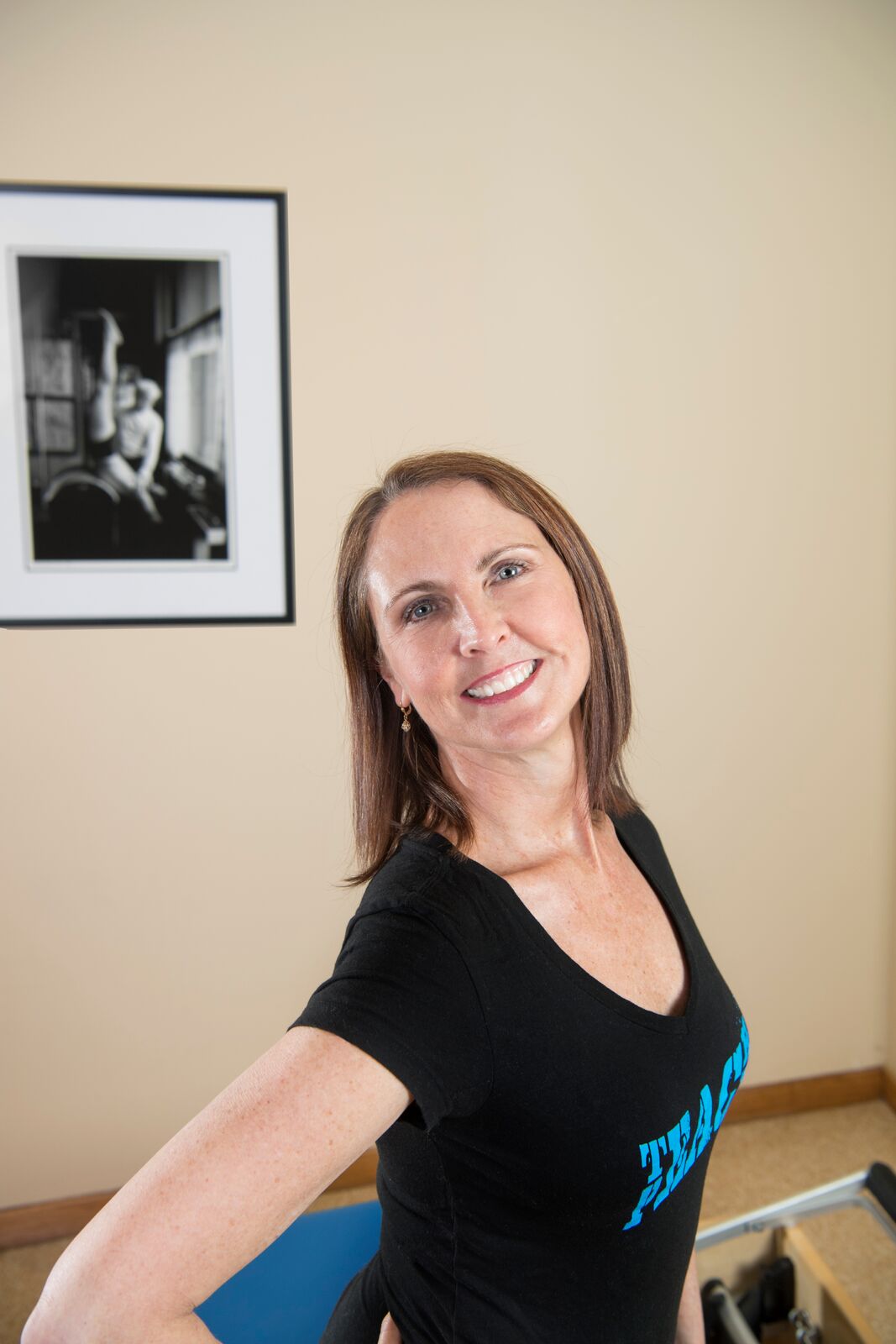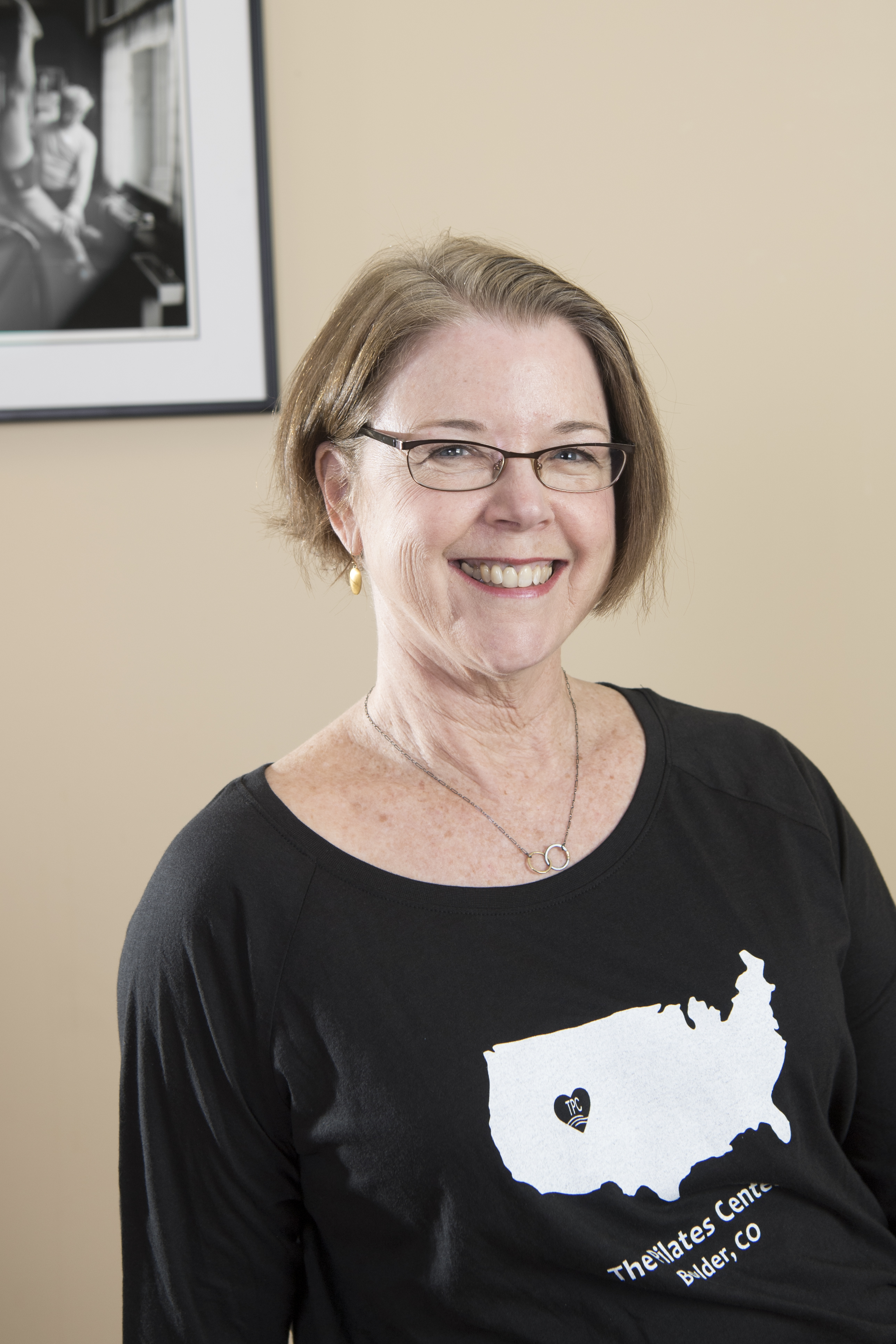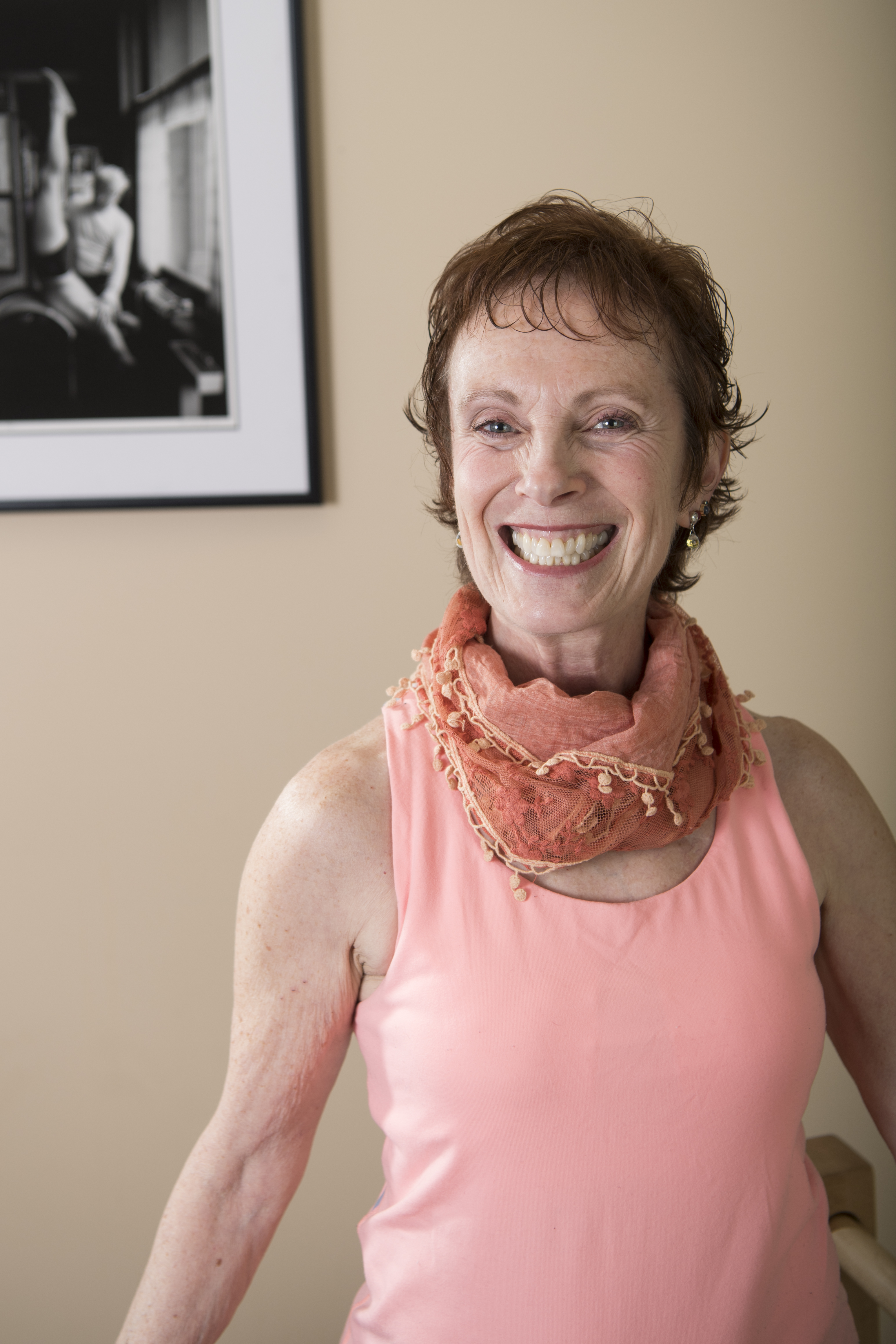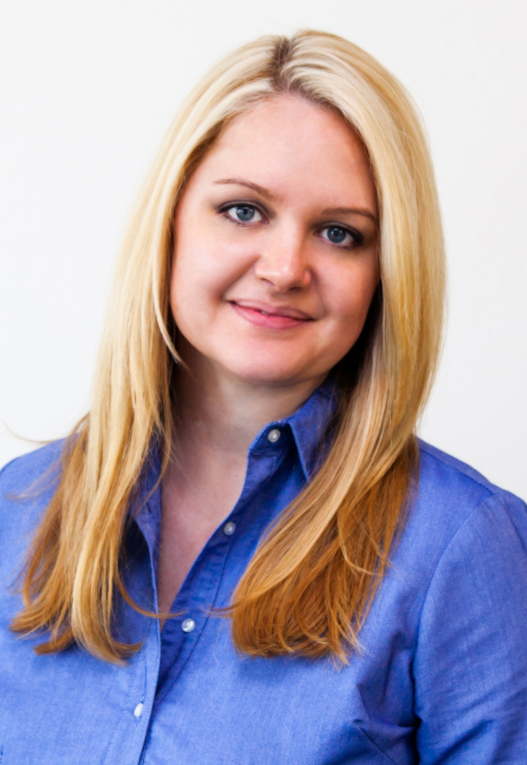Growing as a Pilates Instructor – Advice from Three Experts
by Holly Nava
Feb 7, 2018
In January 2017, I made a big change. I quit my career of 15 years to become a Pilates teacher. I’d been feeling like my soul was slowly dying as I sat behind my desk, doing the same things over and over. Several years earlier, I had completed a training program, at The Pilates Center (TPC) in Boulder, that I absolutely loved. Since then, I’d taught a few classes at local studios and a couple people at my house, but I’d never tried to make a living at it. Regardless, I decided to take the plunge. I needed to make a change.
But a few months into my new career, self-doubt started to creep in. It was tough getting clients and I endlessly wondered what was behind some of their blank stares. What were they really thinking in there? It became clear that I wasn’t going to magically excel at this. I began to have bouts of anxiety, wondering if this would be the right path for me. While I did my best to keep the appearance of a fearless duck above water, I was frantically treading water below the surface – overwhelmed by the thought, “Am I doing it ‘right’?”. And gosh darn it, why hadn’t this seemed so complicated before?
I headed back to TPC to ask my past teachers what suggestions could they offer this struggling teacher? The following is just some of the advice they graciously shared with me:
On finding your way …
 Amy Taylor Alpers (co-founder of TPC, bio)
Amy Taylor Alpers (co-founder of TPC, bio)
You must keep going on the journey towards better health in your own body. This is what keeps teaching fresh and alive, always morphing. Take lessons. It keeps you from getting stuck in your own head. Also get really amazing bodywork, no matter the type. Create a laboratory in your own body and stay alert to the process.
Find your own voice. At any given time when you are teaching, there can be a hundred voices in your head, keeping you from really being present with your client. Part of the journey is stopping to figure out, “Who really said the thing I just said? Did another teacher tell me to say this, and that is why I’m repeating it? Or do I understand this for myself now and it’s truly my voice, my experience?” Your words must become your own.
Find your own “why”. You’ve got to come up with answers to two really important questions: 1) “What is Pilates?” You need to be incredibly clear and it has to be your own definition; and 2) “Why do you teach it?” Because if you don’t know those answers, at some point, you’re going to hit a wall. You’ll start to wonder, “Hmm, I’m spending a lot of time teaching people how to do Pilates. Is this really what I intended to do or did I intend to use this amazing toolbox of exercises and equipment to heal people? And why would I want to do that?”
Stay open! Be willing to evolve your belief system and continue to test its validity. It’s so important to stay open, but also don’t blindly accept every piece of information you receive. Test it out for yourself and don’t assume everything is a fact. What I appreciate in a teacher is good vision and a viewpoint that is a constantly evolving. They don’t ever get rigid with rules. If you’ve gotten stuck in a belief system and you’re trying to force everything else to adhere to that, then you’ve lost it.
 On connecting and keeping the spark alive …
On connecting and keeping the spark alive …
Rachel Taylor Segel (co-founder of TPC, bio)
Become a partner with your client. Create a space where clients feel their input is valued and their experience is important. Then build on that experience rather than just dictating information. When the teacher and client create the experience together, the client really gets it and sees where else they can use it, becoming more autonomous. Offer your directions as ‘opportunities.’ Look for what might happen and then help the client gain more than what they thought was possible.
Avoid getting depleted. Create a schedule that works for your life and acknowledge what is true for you. Are you a morning person, do you need 15 minutes between clients, etc.? Create your schedule around that. Know what restores you—whether that is getting a massage or getting out in nature—and work those things in. It’s also important to have professional relationships with other teachers to ask questions, share experiences, successes, and difficulties so you are not in it alone.
Have a sense of humor. Balance seriousness with lightheartedness. Seriousness because you can transform someone with Pilates and are dedicated to that result. Lightheartedness because you don’t want people to overwork or be so serious that it has the opposite effect of what you want (creating tightness and rigidity instead of suppleness and good blood flow).
On authenticity and perspective …
 Debora Robinson Kolwey (Licensed Teacher Trainer, bio):
Debora Robinson Kolwey (Licensed Teacher Trainer, bio):
Find your spark, bring your unique perspective. What lights you up? What makes you feel alive? What do you want to share? Bring your whole life into your teaching. You don’t have to compartmentalize or put things aside to be a great Pilates teacher. Bring your authentic self to your teaching. It’s not something you have to make up; it’s something you have to share. Use your life.
Study different movement philosophies and viewpoints to expand your perspective. It’s good to be around both like-minded people as well as those who are going to shift your thoughts a bit. Many people have influenced me.
It seems that, much like being a Pilates student, teaching is also a very personal journey. You come into it thinking it is about exercises and body parts, and it ends up being this whole other thing that requires you open your mind and spirit. I’m not sure if it ever gets easy—every lesson still challenges me—but I believe teaching Pilates can and should change you. And this is a good thing. I needed to make a change.
My sincerest thanks goes to Amy, Rachel, and Debora for sharing this valuable advice when I needed it the most.
I’m curious, what does being a “great” teacher look like to you? What is teaching Pilates about for you and why do you do it? What advice would you share with budding instructors? Please comment.
 Holly Nava is a Colorado native and currently lives in Castle Rock, CO. While enjoying playing a variety of sports growing up, she had several painful patella (kneecap) dislocations. Additionally, after many years working behind a desk, she started to experience regular back pain. Her doctor recommended she give Pilates a try and after only 3 months of regular practice, her back pain was resolved. She also learned how to use her feet to keep her knees pain free and continued to play sports without re-injury. Amazed at the results, she was intrigued. In 2010, she graduated from The Pilates Center’s Advanced Teacher Training Program (950 hours) in Boulder, Colorado. After working for 15 years in graphic design, marketing, and digital communications, she decided to focus on teaching Pilates with the aim of helping others find the same results and relief that she found through Pilates.
Holly Nava is a Colorado native and currently lives in Castle Rock, CO. While enjoying playing a variety of sports growing up, she had several painful patella (kneecap) dislocations. Additionally, after many years working behind a desk, she started to experience regular back pain. Her doctor recommended she give Pilates a try and after only 3 months of regular practice, her back pain was resolved. She also learned how to use her feet to keep her knees pain free and continued to play sports without re-injury. Amazed at the results, she was intrigued. In 2010, she graduated from The Pilates Center’s Advanced Teacher Training Program (950 hours) in Boulder, Colorado. After working for 15 years in graphic design, marketing, and digital communications, she decided to focus on teaching Pilates with the aim of helping others find the same results and relief that she found through Pilates.

